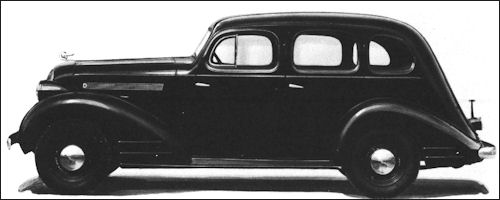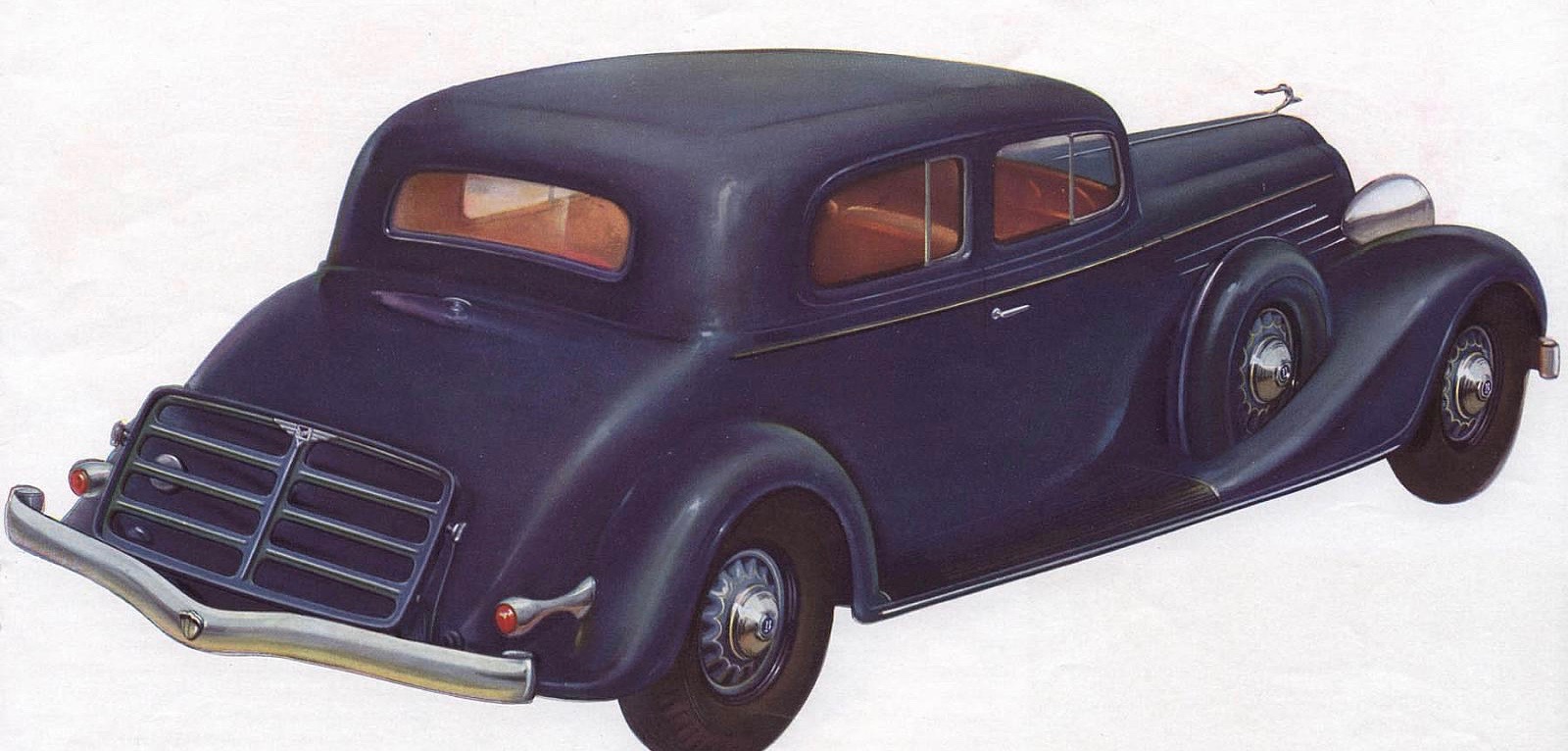a different savior
Though we don't have a Buick at the moment, and may be lifetime finished buying cars, my favorite car was always Buick (this is Sunday, whoever wants a sermon, go to church, ὁ ἀναγινώσκων νοείτω, instead of sitting there reading my wandering nonsense), from as far back as I remember. Singular, my all time most coveted, albeit a continuation, the final year, of the pre-WorldWar2 1942 Buick, was the 1948 Buick Super sedan that I wanted my father to buy, as I've said here before:
but instead of buying from his Bay High classmate Bubber Nelson, my father bought a new 1948 Dodge from Karl Wiselogel (W&W Motors, Dodge - Plymouth) because in the post-WW2 vehicle shortage Karl got him a truck for his seafood business in just a couple of weeks, after he'd waited months and over a year for Nelson Chevrolet Buick to deliver a new Chevrolet truck. To my momentary chagrin the 1947 Dodge truck, a prewar 1941 design,
arrived before the brand new postwar design Chevrolet truck,
and my father’s dealership loyalties shifted as long as Karl Wiselogel was there. Not until I was in university did my father move back to GM. But I digress.
With my peculiar interests, exploring internet resources some years ago, I was surprised to find out that Buick did not change from the wood lath and canvas top insert for the 1935 model year, to the all steel Turret Top, as the rest of GM did with Chevrolet, Pontiac,
Oldsmobile, LaSalle
and Fisher body Cadillac (but not Fleetwood body Cadillac) cars. Buick stayed with the old fashioned wood lath and sealed canvas top insert. Why? Buick sales had fallen disastrously during the depression, and the GM division was rumored in danger of failing altogether, perhaps being shuttered (as years later Pontiac and Oldsmobile were closed). Harlow Curtice had just taken over as Buick general manager. According to the literature, Harlow Curtice came aboard and saved Buick by quickly introducing the new, lower price Buick 40 Series (Buick Special), but went so heavily in plant and other capital investment that there was no money for costly conversion to the Fisher Body's Turret Top; so Buick sailed on for the 1935 model year,
simply continuing unchanged with the identical offerings of 1934, wood lath and fabric cover top versus the new all steel Turret Top bodied cars.
not changed in accord with the then customary annual new model changeover, Buick not receiving Fisher Body’s new Turret Top until
the 1936 models.
My parent’s 1935 Chevrolet Master Deluxe with Fisher Body’s brand new all steel body Turret Top that I recall my father being proud of,
was thus a safer, more modern automobile than the more costly 1935 Buicks that sat beside it in the showroom, not to mention the pricey 1935 Cadillac Fleetwoods. Even though the advertisers tried to shade it, the black canvas top insert is clearly seen in this 1935 Cadillac ad:
and in this 1935 Buick coupe; although the top is colored as the car body, the outline of the now obolete canvas insert is discernible:
For 1935, Chevrolet continued two series, the Master Deluxe, which my parents had from before I was born until I was six years old and in first grade; and the Chevrolet Standard, which was a one-year continuation of the older body design and style. When my friend Weldon Faull heard that we had a 1935 Chevy Master, and I've told this here before too, he reminisced about his own 1935 Chevy Standard,
that in rainy weather the canvas top leaked and dripped water in on the right side of the passenger seat, forcing his girlfriend to slide over and squeeze up to him to keep from getting wet.
But this is about Buick and its brilliant self-starting genius president and general manager, Harlow Curtice, savior of Buick.
https://history.gmheritagecenter.com/wiki/index.php/Curtice,_Harlow
Top pic: Saturday evening from 7H
DThos+ still tempting fate













